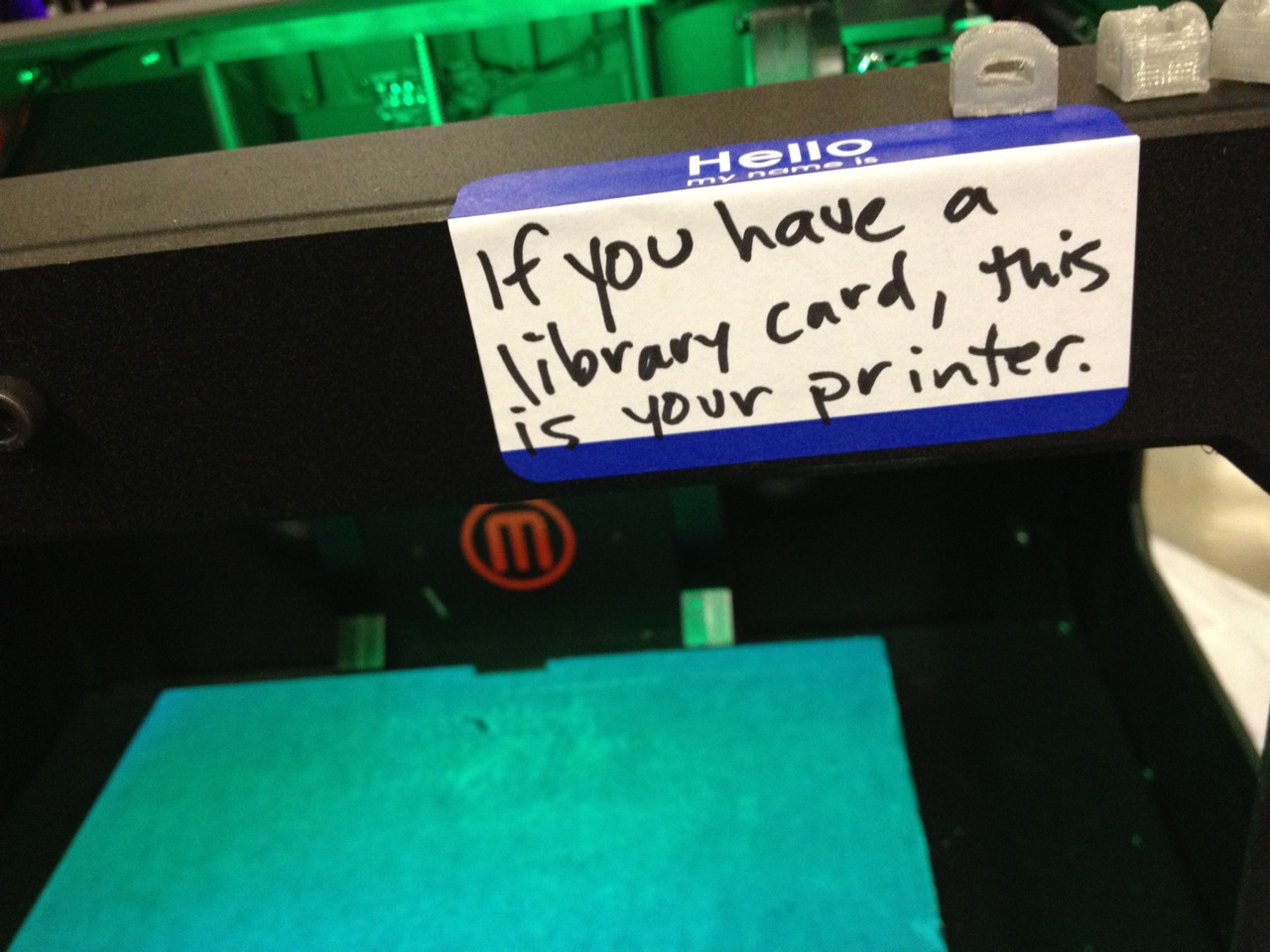
This sticker found its way to the front of a 3D printer, signaling the new power of a Chattanooga Public Library card.
In 2013, librarians Corinne Hill and Nate Hill converted 12,000 square feet of overcrowded storage space into an active, open, experimental lab for twenty-first-century library services within Chattanooga Public Library’s main downtown branch. Corinne Hill discusses this project, featured in the exhibition By the People: Designing a Better America, with Cynthia Smith, Cooper Hewitt’s Curator of Socially Responsible Design.
Cynthia Smith (CS): You were recently named Librarian of the Year for your innovative work transforming one city’s public library system. Why did you choose this field?
Corinne Hill (CH): I was attracted to the profession’s shift toward technology. It was 1995, and I wanted to figure out how to transition technology into a traditional library setting. I found that incredibly exciting and interesting.
CS: How has the advent of new technologies, which you have embraced, informed your work over the years?
CH: It has informed pretty much all of my work. Technology has allowed me to make my areas of responsibility more efficient and effective. Technology has allowed me to rethink services we already provide, services we do well, and build on those—think ebooks, streaming video, and audio.
CS: Historically, the local library has been an important knowledge resource for a community, providing anyone who had a library card free access to information. How has the Internet changed the delivery of public library services?
CH: It’s a different delivery mechanism. We have always been very good at helping people learn how to get to the information they want and need. It was just in print form. Now, with Internet access, we have gotten really good at helping with every aspect of electronic- information access—everything from teaching people how to use a computer and how to search the Internet to using the information for life decisions.
CS: Was the design and implementation of the 4th Floor a response to this change?
CH: Absolutely! We realized that people are learning by doing, and they enjoy it! We also realized that this form of learning is far more interactive and inclusive. And that’s always a good thing. We are also always morphing and growing. Right now, we are exploring the collision of low tech and high tech. Projects that combine craft work with a laser cutter, for example. I see a lot of potential for this kind of work.
CS: Who are the 4th Floor’s target audiences? Why are these the audiences?
CH: The 4th Floor is age agnostic. We want anyone who is curious, helpful, collaborative, etc. We want everyone in the community to feel welcome, and we don’t much care about your level of expertise. The staff is trained to help those who are simply curious and want to figure something out. Programs help people help each other. Now, who is attracted to the space? I would say makers, techies, families, kids, tinkerers, DIYers, and entrepreneurs.
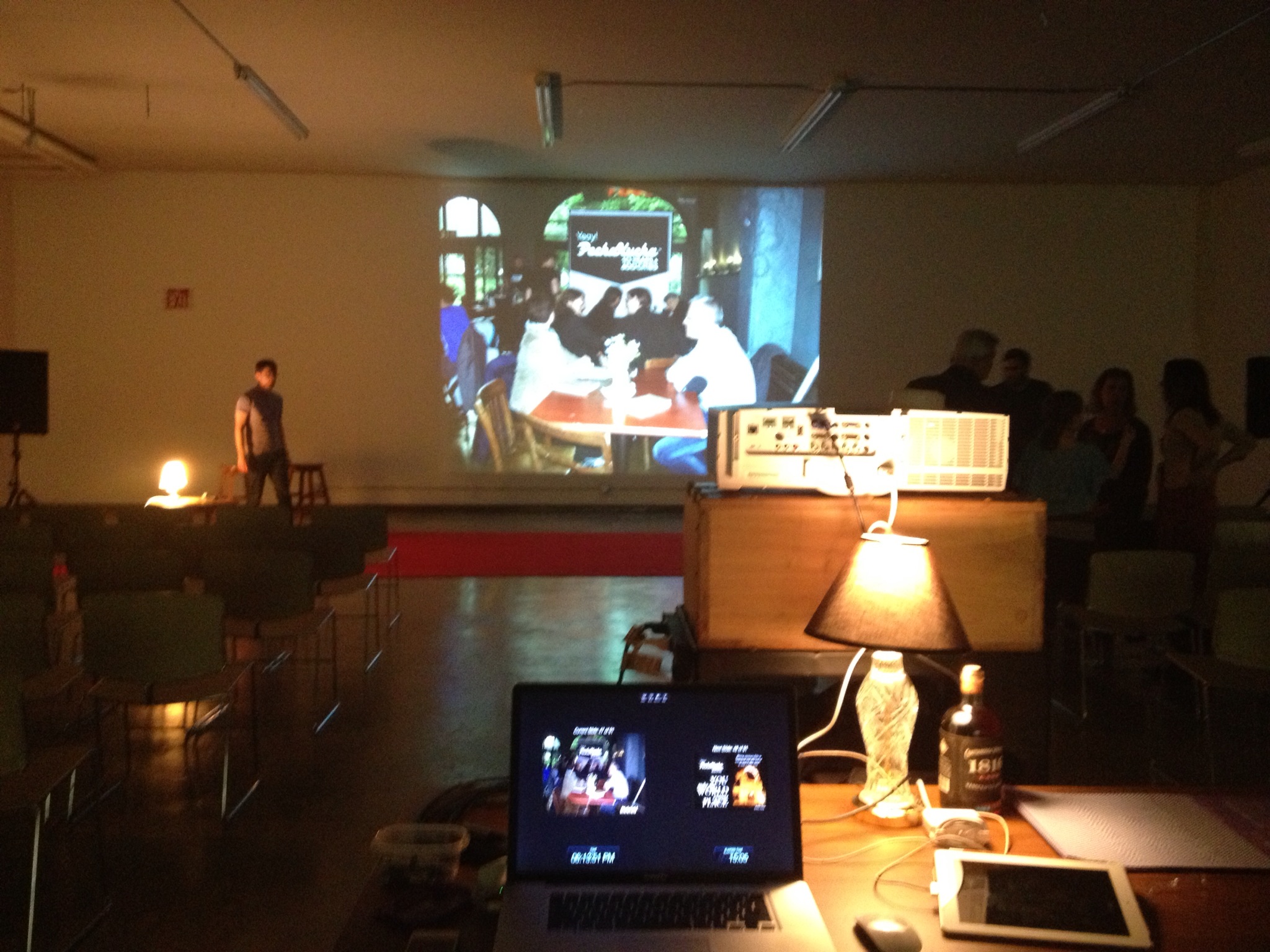
The 4th Floor is a venue for Pecha Kucha, a popular monthly lightning-talk community storytelling event.
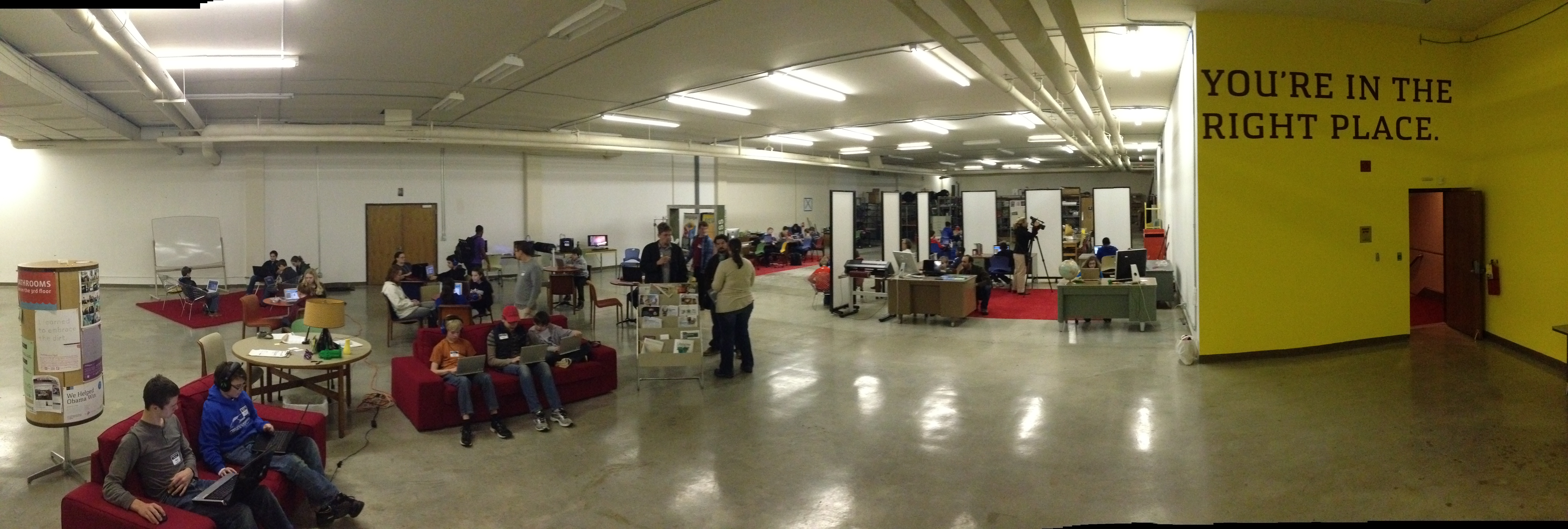
Free Saturday Hour of Code workshop for middle schoolers as part of 2013 Computer Science Education Week.

The 4th Floor has hosted the COLAB (COmpany LAB) annual startup pitch competition for the last four years. Live tweeting and TweetCasts are projected onto the walls as the audience comments, cheers, and votes on ideas throughout the night.
CS: You have described the 4th Floor as a “neutral civic space where people come to solve problems.” Can you elaborate on what you mean and why this is so important for our communities, both economically and socially?
CH: Libraries—and librarians—help people solve problems. Communities need a public space where common issues can be sorted out. But we also need a public place that offers free access to equipment that is not practical for you to have at home. We want to help you solve your own problems by having people there to help you. And by that I mean staff and other members of the public. It’s a great social environment because you connect with people who are curious and interesting, like you are. And it’s economical because you get access to some pretty expensive equipment in an environment where ideas are nurtured and supported.
CS: Some have suggested the visible openness, the half- built structures that litter the space, and constant shifting of machines and furniture are important elements in that this “nondesigned” design invites the public to participate and collaborate together and with the staff. Was this intentional?
CH: Very intentional. We want people to self-organize whether they are working alone or in groups. This is not an easy concept for librarians to accept because we are wired to organize everything and everybody. But it is a big part of our success, and it was important to change this aspect of our culture. People need to be comfortable working in the space, and we need to let them do that.
CS: In the United States, many find themselves left out of the knowledge and innovation economy, compounding growing income inequality and inequities. How can libraries reach a socioeconomically diverse set of users to help close that gap?
CH: Library services are free, or practically free, to everyone who lives in the city limits of Chattanooga. Libraries are very neutral environments where everyone is accepted regardless of their socioeconomic status. We help level the playing field so everyone can have access to high-speed broadband, books, equipment, and programming delivered by and for the community. I have heard us described as “the great equalizer.”
CS: Since launching in 2013, how has the 4th Floor been able to reach the broader population and historically underserved communities in Chattanooga?
CH: The 4th Floor is located in our Main Library, which is downtown and within walking distance to some of our most challenged neighborhoods. Through our Anytime: Library program, we distribute library cards to all 24,000-plus students (K–12) each school year. With their library card, all the children attending public schools can access all of our material and services.
CS: What institutional and cultural changes need to take place to transform our public libraries in this new century?
CH: We have to be more flexible, more willing to take a risk. Librarians and government administrators want everything planned to within an inch of its life, but things are moving too quickly to plan like that any longer. You have to be willing to try things, realize that many will be fads that die quickly, but many will be trends that morph and change over time.
CS: What might the local library look like in 2030 if you could design it?
CH: I would want a flexible infrastructure which means not just an open floor plan, but raised floors so that we can manipulate the tech infrastructure, natural light, low-maintenance products and services, and a commitment to update the flooring and furniture every 5–7 years.
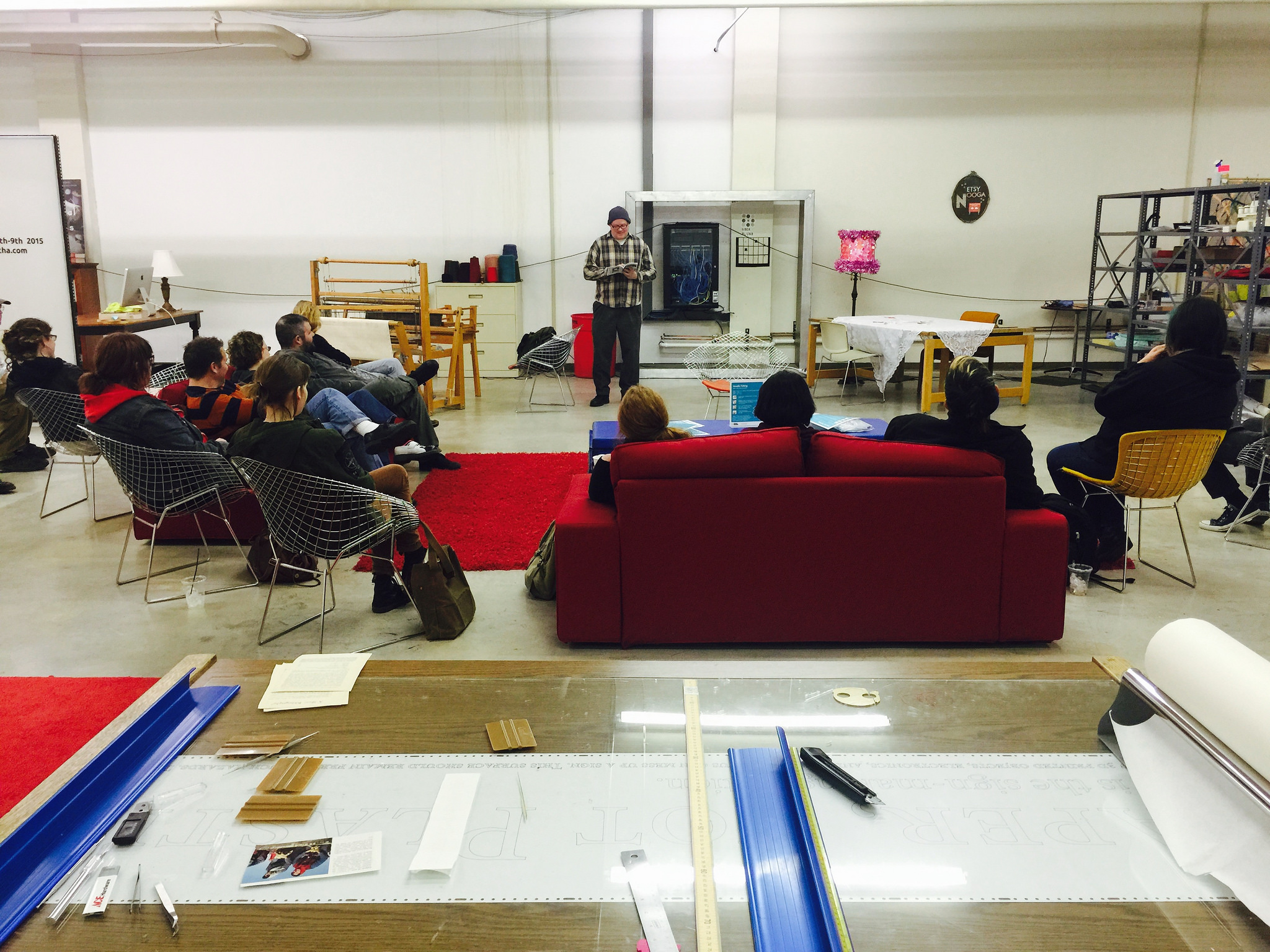
This 2015 punk zine reading celebrated the twenty-fifth anniversary of Tom Foote’s Spare Change zine with a special reading by the author.
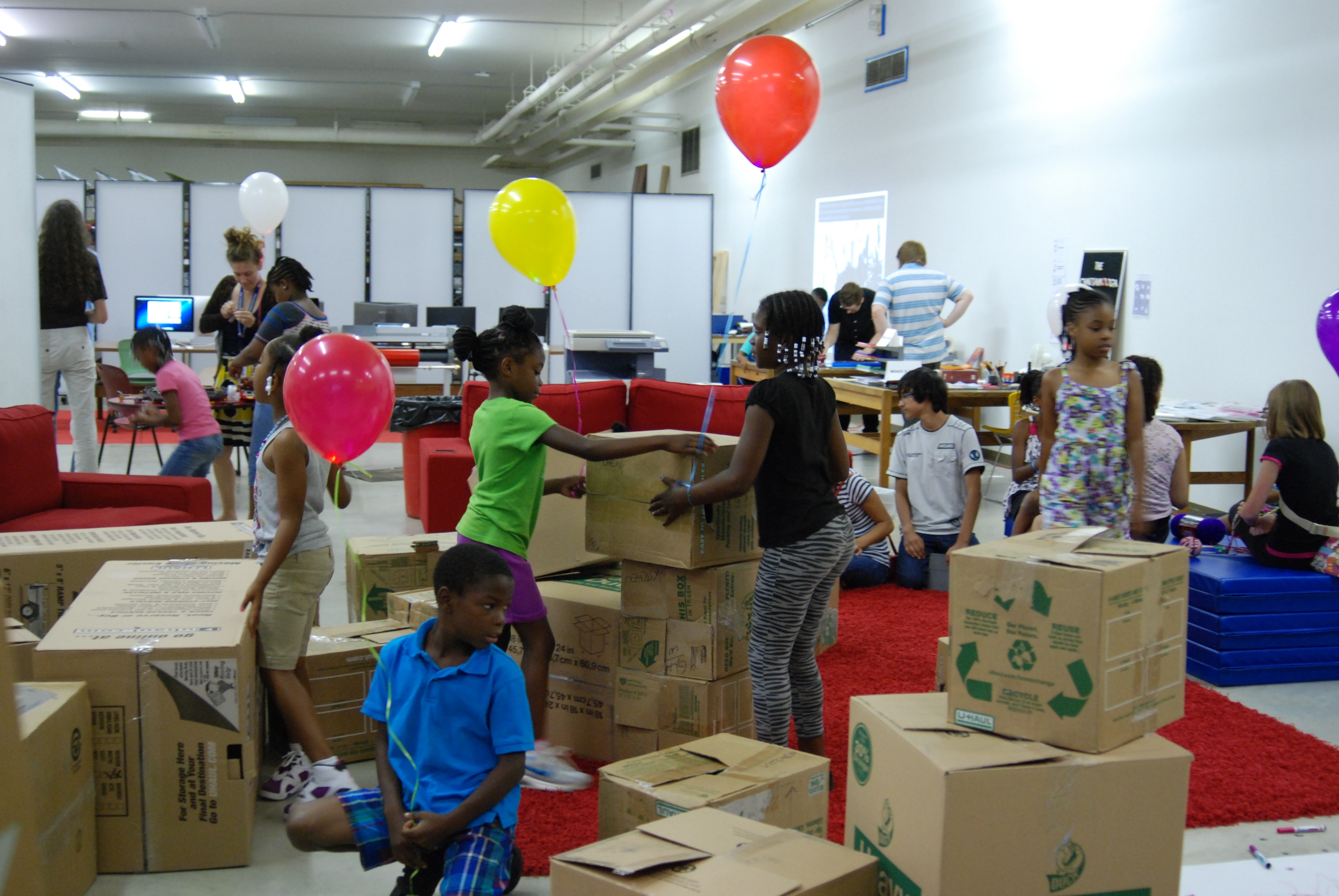
Mayor’s Maker Challenge and National Day of Making, on which kids from throughout the city spent time in the library’s new public maker space trying different technologies, including drones, quadcopters, 3D printers, squishy circuits, banana pianos, and computer components.
This interview is excerpted from the book By the People: Designing a Better America, available through SHOP Cooper Hewitt.
One thought on “Designing the New Commons”
Acton Jack on November 2, 2020 at 5:26 am
Very interesting article! thanks